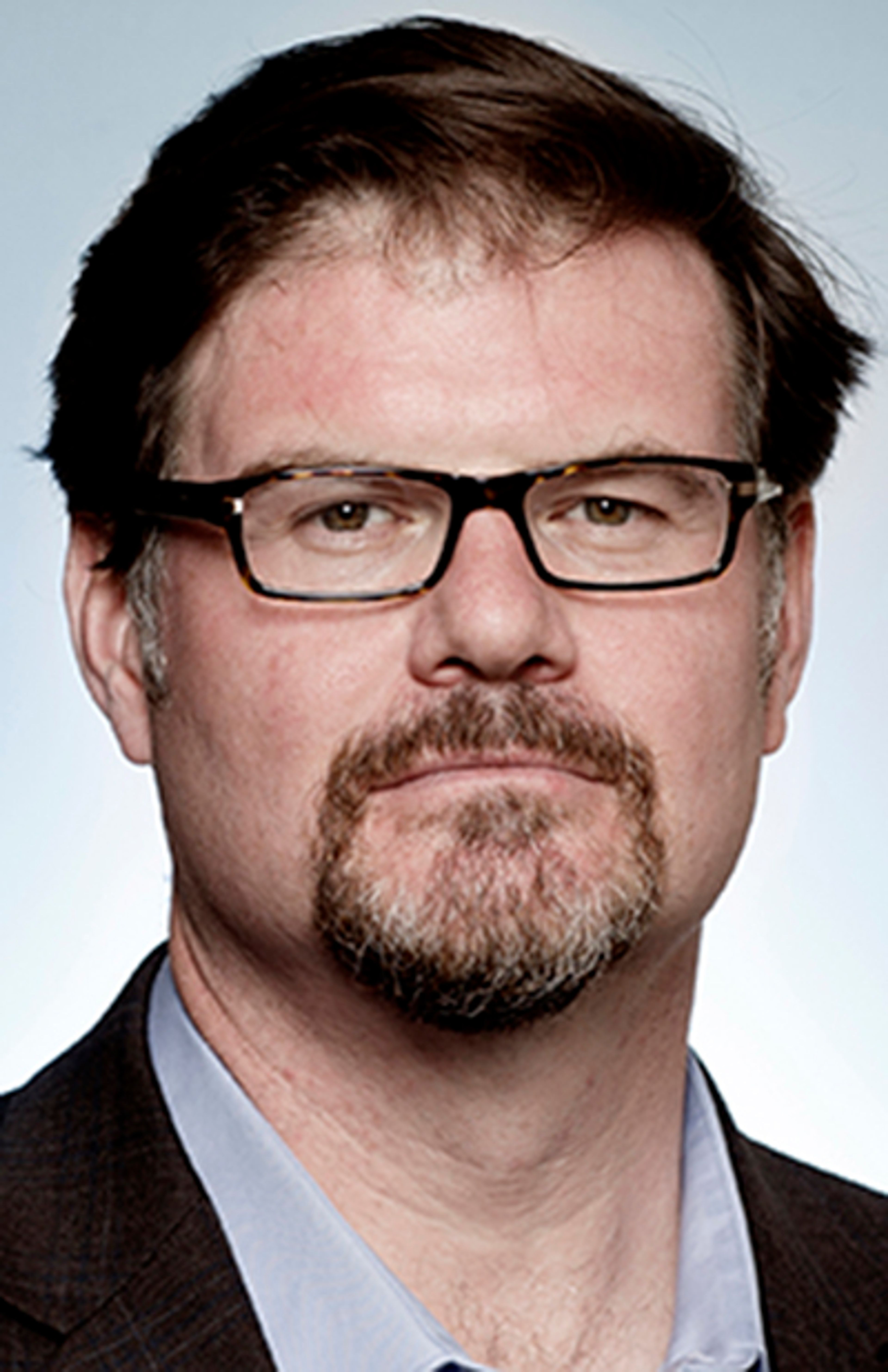MEDICAL SOCIETY PRESIDENT REVIEWS CONCERNS ABOUT HOSPITAL MERGER
(The information below was first published as the President's Message in the Cape County Medical Journal.) The method of medical care for Southeast Missouri may be at a critical crossroad. The hospitals have been working hard toward a merger, and as president of your society, I have been asked by the hospitals to submit a letter of support toward these efforts. ...
(The information below was first published as the President's Message in the Cape County Medical Journal.)
The method of medical care for Southeast Missouri may be at a critical crossroad. The hospitals have been working hard toward a merger, and as president of your society, I have been asked by the hospitals to submit a letter of support toward these efforts. At first glance, this seemed easy. Duplication of services is a depletion of resources. Combined efforts obviously leave us stronger. In the eyes of outside forces "centers of excellence" would seem to generate quality of care and the ease of management.
As usual, the devil is in the details. The community (employers both large and small, physicians, hospital employees and patients) on the one hand agree with the general concept. But the ultimate question is: Where would this put us and our patients? There are physicians who recall the limitations placed by a dictatorial administrator whose concern was the bottom line to the point that the "new" St. Francis was born in no small part out of a physician supported movement. Employees at both hospitals have seen the turnover and the cutbacks, some painful, over the past five years. The savings to be made by the merger through increased cuts in personnel seems a legitimate concern for many employees. The businesses in town question if there is just one hospital, "Where is the competition?"
Cost containment is an extremely important issue, and the merger seems certain to improve management resources, pool capital and combine data systems.
However, many physicians carry a distrust for hospital leadership. Both hospitals have too much bed capacity. Managed care is in the business of trying to empty hospital beds. One question is, "Is the new hospital interested in filling beds or emptying beds?" And, secondly, "How do we cut costs and maintain quality of care?"
Quality of care is difficult to quantify. Medicine is a calling, a profession, a vocation. As a result, doctors tend to do whatever they are called to do, often without concern for the pay. Yet as the paperwork blossoms and technology expands, society's increased expectations, need for precertification, more and more third-party communication and documentation, malpractice, loss of tax deductions, increased requirements for continuing educaiton -- just taking care of patients has become more complex. The frustration and fear generated by HCFA and OSHA and the Department of Justice seem to haunt everyone, and we see more and more physicians thinking and talking about retirement -- often when 10 to 15 years ago they would be considered in the prime of practice.
Physicians like Dr. Jim Kinder and Dr. Fred Rawlins are real exceptions. It is hard nowadays to taper down. There is always a certain overhead, and the profit margin seems to be shrinking.
There used to be the Three A's of a successful practice: Availability, Affability and Ability. Two more have been added -- Accountability and Affordability.
Accountability at present seems to be primarily associated with physician offices versus insurance companies. This is a most frustrating and expensive game. Once we answered to our professors, chief resident or a fellow colleague. Now, it is a young girl at a desk a thousand miles away or a recording that has placed you on hold. The game ultimately favors the insurance companies calling for more and more documentation asking for resubmission of claims with delaying and stalling tactics that increase their coffers while adding to the cost and frustration of your office.
Affordability has become a critical issue. How can the physician afford to maintain a practice when both private insurance and Medicare reimbursement continue a progressive decline, while the overhead of the aforementioned accountability need for greater personnel, malpractice, equipment, demand for greater communication and general office overhead expenditure continue to increase? At the same time, the increased technology seems to coincide with society's cry for "the very best."
How do we react? Better yet, how do we become proactive? Some would say a union would be in order, but it seems the word "union" is automatically associated with strikes. That seems more reactive than proactive -- still, a strong organization capable of helping us to keep each other accountable, while at the same time looking out for the best interests of patients in relation to hospital care and to aspects of negotiation for reimbursement with third-party payers (insurance companies or perhaps directly with large employers).
It seems that our best, and perhaps our last, hope of such an organization would be the Physician's Regional Network for most of us. It would be good to see unification with the Southeast Missouri IPA (Regional Primary Care).
How does the hospital merger relate to the physicians' frustrations and fear of the future? Looking at the recent history of the pHO (little "p" intended) with HealthNet Blue, it was felt that the physicians took greater cuts than did the hospitals. And there exists a fear of lesser -- not greater -- role in hospital affairs with merger.
For a strong merger to occur:
1. Physicians need to be prepared to become more directly involved in the individual divisions of services or departments of the hospital with an eye toward improvement of patient care as well as cost control.
2. Outpatient surgery should become more competitive with costs in St. Louis and Memphis with a consideration of a freestanding facility or expansion of those in existence.
3. A greater participation/cooperation is needed between physician organizations -- Southeast Missouri IPA, PRN and hospital, and in turn, their relationships with businesses and employers of the community, as well as third-party payers.
4. Bringing back morbidity/mortality conferences in our medical staff meetings would make them infinitely more meaningful.
5. More fiscal information should be shared in such meetings as well as we consider not only quality-care questions, but cost as well.
6. The membership of the proposed new board is four non-physicians from each hospital, two at-large, two administrators and three physicians (15 total). Physicians favor an increased representation of at least one. Physicians serving on the board should not be a hospital employee and should require disclosure of any significant hospital interests.
7. The administrative vote should be not more than one. (Currently, at Southeast Missouri Hospital, the administrator does not vote, while at St. Francis Medical Center, the administrator does.)
As the hospitals approach the question of merger, each one of us needs to reconsider how it will affect us and our patients. Now is the time to record our thoughts and let them be made known. With an attitude of cooperation, we could take this opportunity to become competitive with any program out there -- we have the personnel -- for the benefit of our patients.
Richard A. Martin is a president of the Cape Girardeau County Area Medical Society.
Connect with the Southeast Missourian Newsroom:
For corrections to this story or other insights for the editor, click here. To submit a letter to the editor, click here. To learn about the Southeast Missourian’s AI Policy, click here.








